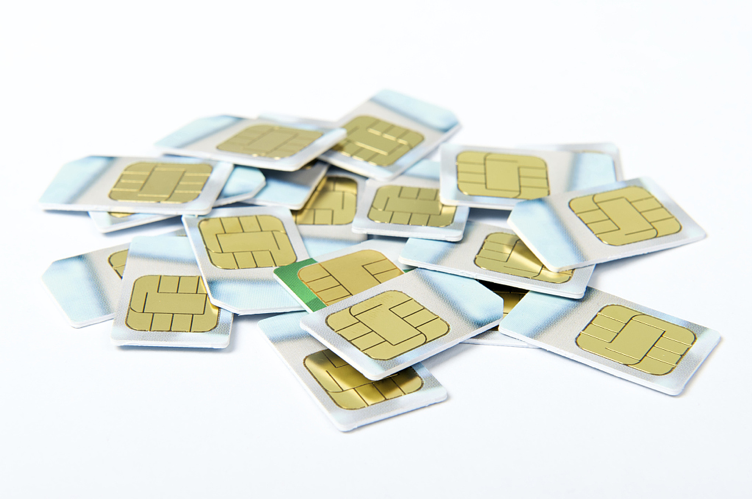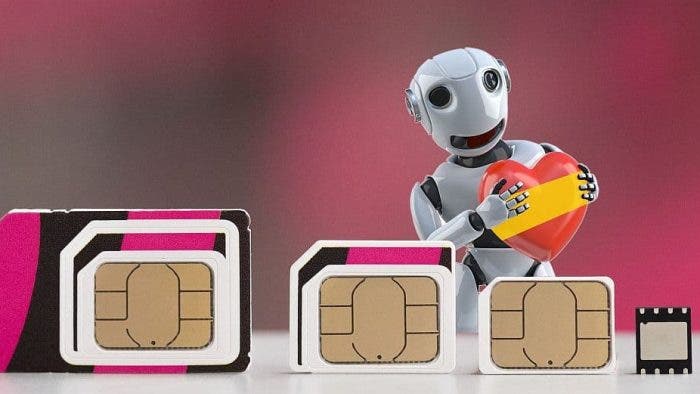It is said that 4G changes life, while 5G changes society. The latter brings tons of improvements, such as 1 millisecond of ultra-short delay, up to 1 million connections per square kilometer, etc. In the era of the Internet of Everything, 5G penetrates into the fields of big data, cloud computing, artificial intelligence, etc. We only need to wait for the technology to mature, making the products go on the market freely and more frequently. So prepare to meet the next golden decade of the information and communication era.
But on the road to the future of 5G and the Internet of Everything, there is still a small obstacle. Still, no one can move it. This small obstacle is the SIM card.

Many may wonder how it can be an obstacle to the Internet of Everything. In fact, there are many things that we are used to, but their existence is not natural. For example, if we buy a smartphone and then find a SIM card from an operator, it can be used after installation. This has become a habit. However, few people think about why they bought a phone and have to buy a card to make a phone call and go online. Isn’t that unreasonable?
Now we have 1-2 smartphones per person, and the feeling of inconvenience may not be obvious. In the future, in the era of the Internet of Everything, apart from smartphones, everything will need to be connected: tablets, watches, smart headphones, smart glasses, VR terminals, car equipment, body fat scales, smart home appliances, drones, etc. Thus, it turns out you will need to buy separate SIM cards for each product to make it connect to the net. This is not only expensive but also inconvenient in terms of management.
On the other hand, SIM cards have a relatively small size. But for many electronic products, it is too big. Not to mention that if the SIM card is used in IoT, it is easy to break – because it is neither waterproof nor dustproof.
Therefore, with the SIM card into the era of the Internet of Everything, you are likely to lose it. There are also smart cities, smart transportation, smart medical care, smart agriculture, smart tourism, and so on.
Speaking of this, there is a way to meet these requirements – electronic SIM card, namely eSIM.
Also Read: Ticwatch Pro 4g Version With Dual eSIM Hits Xiaomi Mall For 1499 Yuan ($216)
Of course, the development of any new technology is not a one-step process, eSIM has also experienced a long time of brewing, and only began to apply today. And though there are not many products using this technology, obviously, the future belongs to a smaller SIM card.





